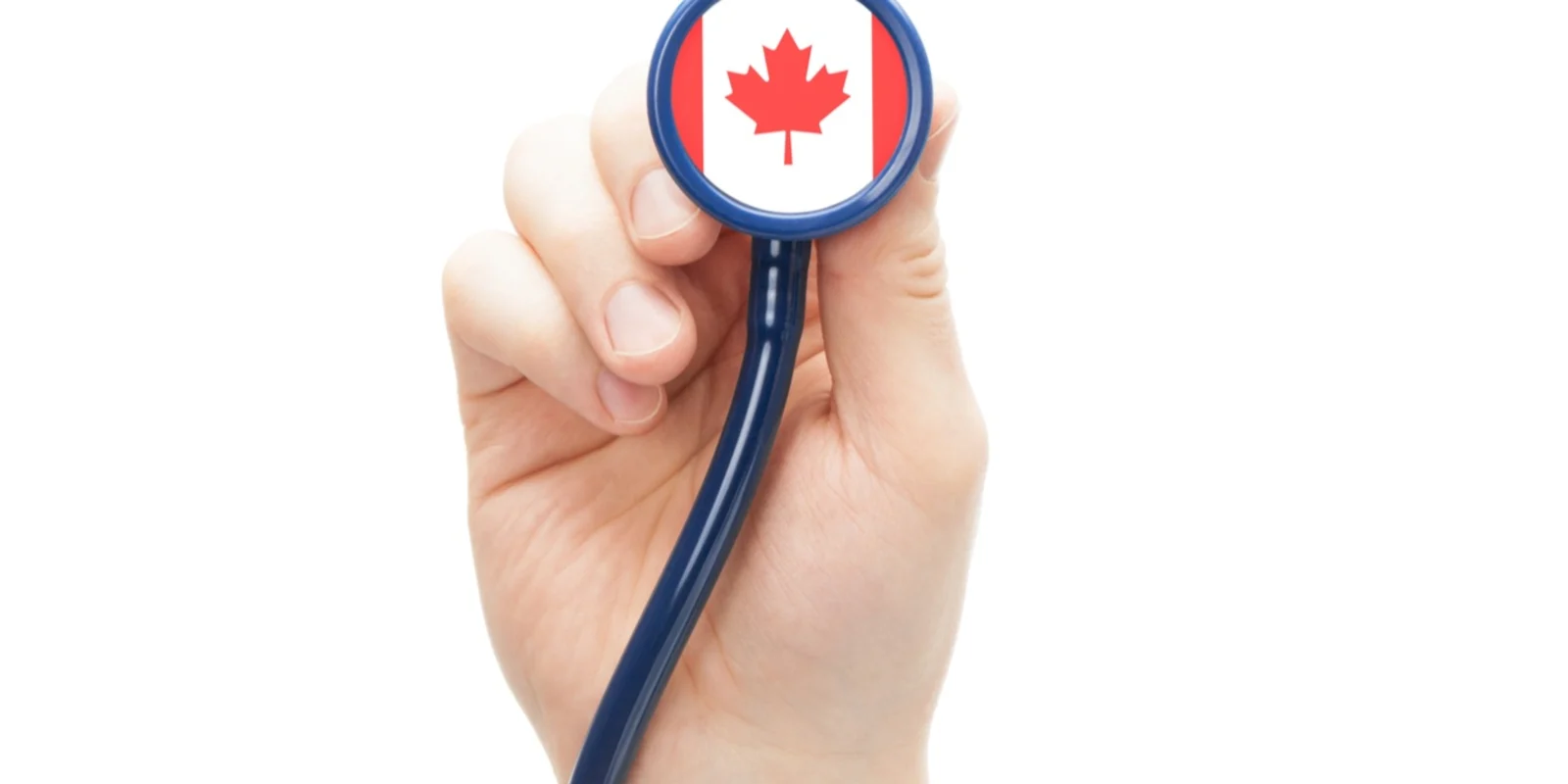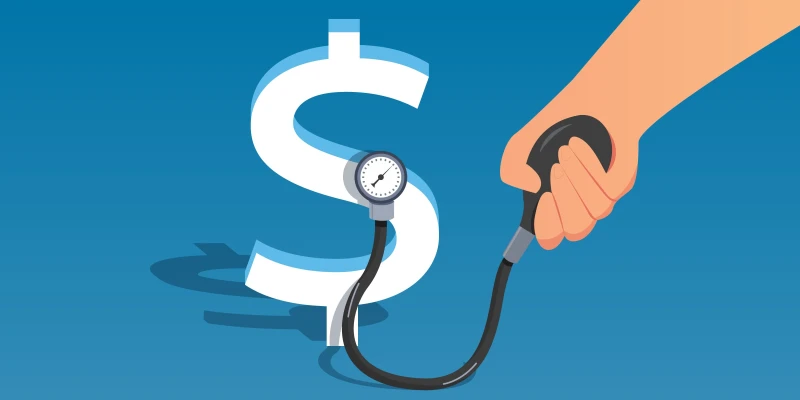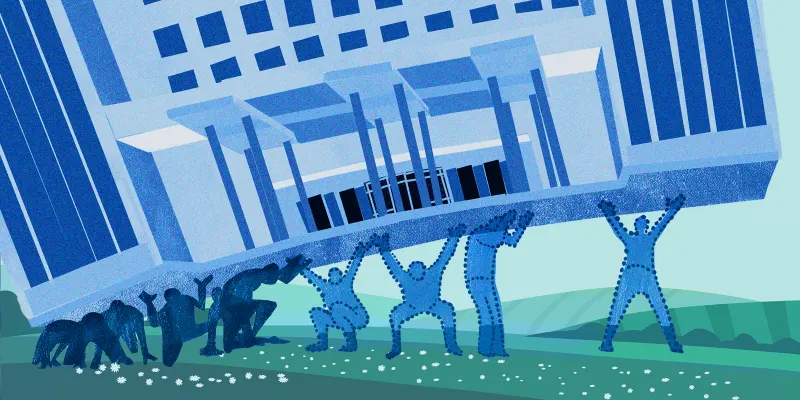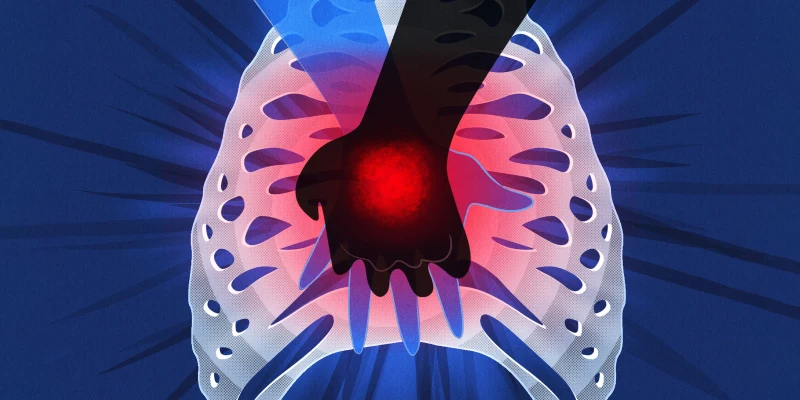
I'm writing from British Columbia, where I'm on a locum tenens assignment. I originally came to Canada to learn the system firsthand. High morale keeps me coming back.
Getting a Canadian medical license is not for the faint of heart. It took me 27 months, $7,000, thousands of emails, and gave me a bleeding ulcer. Once I started the process though, I couldn't stop; I never want to admit I withdrew my application for licensure because I lacked adequate stubbornness.
In the end, it was worth it. I stumbled into the happiest groups of docs I've ever known. A lot goes into the magic, and it starts with the system.
Canada Doesn't Have One Medical System—It Has 14
Each province and territory has their own medical system. While the federal government makes laws, the implementation comes down to the province. Throughout the country, however, the government funds insurance through tax monies. Some provinces raised taxes across the board, other provinces take money from paychecks.
It Is Not Socialized Medicine
Socialized medicine means that the government employs the doc directly; the U.S. socialized sectors include the Indian Health Service, Public Health Service, Department of Defense, Veterans' Administration, and Bureau of Prisons. The vast majority of Canadian physicians work as independent contractors, fee-for-service, with the bulk of the reimbursement coming from the Medicare. By Canadian law, a patient can't pay for services covered by Medicare, though someone else can. Thus there exists insurance for such things as podiatry, dental, acupuncture, cosmetic surgery, certain medication, and ambulance transport. Work-related and vehicle-related injuries come under two different insurance agencies.
The Waitlists Are Real (In Some Places)
In the area where I'm currently working, non-emergent CT scans wait 18 months, ENT consults 6 months, MRIs close to 2 years. A nearby non-government MRI facility charges $400 to image a knee, or about a tenth of the cost in the U.S. If you want to go to Vancouver, however, you can access services much more quickly. A knee replacement, for example, would be a 2-month wait versus 14 months out in the Province.
Emergent Services Happen Pretty Fast
While the Canadian system is undeniably under-resourced, the life expectancy is better than the much more expensive, over-resourced U.S. system.
Patients here do not demand CTs and MRIs because they know the scarcity of those resources.
Their Docs Have More Autonomy
Since May of 2017, two prior authorization requests have crossed my fax machine, both times for acamprosate prescriptions, and both times asking me (properly) if the patient had 4 days sobriety and had started into a social support system such as AA. In both cases, I had to say no. Aside from that, I have faced no prior authorization requests.
Their Physicians Make More Money
Overhead in Family Medicine runs between 15% and 30%. The average Canadian doc brings in 10% more than their U.S. counterpart. I heard of a go-getting FM physician with extended hours and lots of hospital work who brought in close to $1,000,000 per year.
I can't speak to the other provinces, but BC pays rural doctors more than urban doctors. It's still hard to get the young docs to come out to the small communities.
Further, medical students acquire debt, but not quite as large as U.S. med students.
Postgraduate Training? Longer and Shorter (and Shorter Than U.S.)
Canadian Family Practice residency runs 2 years vs. 3 years in the U.S. The experience seems to be better organized and structured than that of the U.S. After residency, an FP can elect to do another year of anesthesia, surgery, OB, or ER; those enhanced skills can bring in a lot of revenue.
All other specialties demand at least 5 years of training. Perhaps because of the time investment, Canada has 52% FPs vs 48% specialists.
Canada's Docs Practice Less Defensively
In Canada, the loser pays the legal costs for both sides, thus filing a suit brings major financial risk. Yes, Canadian docs still practice defensive medicine, but at nowhere near the scale in the U.S.
Canadian Doctors Document for Patient Care, Not for Billing
Each province has its own schedule of reimbursement, but within a province, an office or hospital visit generates one fee. The U.S. maintains documentation requirements with such lack of transparency that even those with a college degree in coding cannot agree on what level of service to bill. Thus Canadian medical visit notes tend to be brief and concise, without the "note bloat" that has come to characterize medical documentation since the advent of the Electronic Medical Record.
Canadian Docs Have Higher Morale
As we all know, the U.S. doctor burnout rate has escalated every year since 2008 and, depending on the study, now runs between 50% and 75%. I have not seen a single colleague here suffer from burnout.
But they have more autonomy, fewer EMR problems, no MIPS/MACRA/ quality metrics, almost no prior authorizations, less fear of legal actions, better reimbursement, and polite, friendly patients. Why would they burn out?
Dr. Steven F. Gordon is a family physician and a 2018–2019 Doximity Author.







